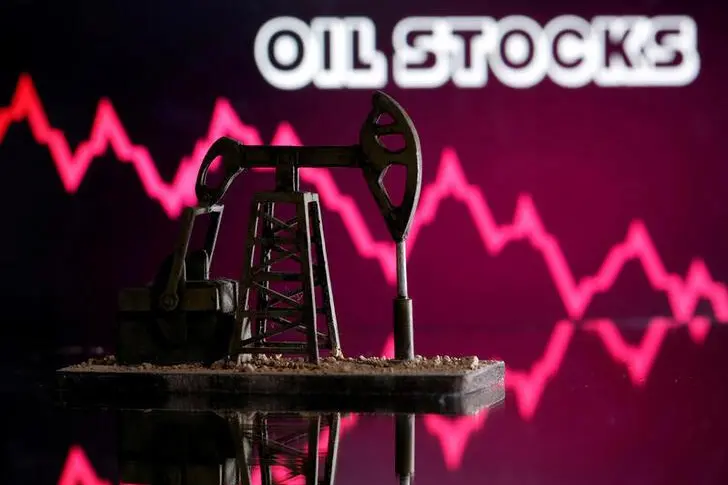PHOTO
LONDON - Portfolio investors became slightly less bearish last week as the next policy-setting meeting of OPEC⁺ ministers neared and inventories of refined fuels remained well below the long-term seasonal average.
Hedge funds and other money managers purchased the equivalent of 43 million barrels in the six most important petroleum futures and options contracts over the seven days ending on May 23.
Net purchases were the first in five weeks, after funds sold the equivalent of 249 million barrels between April 18 and May 16, according to data from ICE Futures Europe and the U.S. Commodity Futures Trading Commission.
In the most recent week, funds bought crude (+26 million barrels), middle distillates such as U.S. diesel and European gas oil (+6 million) and light distillates such as gasoline (+11 million).
Fund managers are moderately bullish on light distillates, where they hold a net long position of 56 million barrels, in the 56th percentile for all weeks since 2013.
Positions are much more bearish on crude (275 million barrels net long, 8th percentile) and middle distillates (3 million barrels net short, 16th percentile).
Investors are positioned for a significant business cycle downturn hitting petroleum consumption and prices in the remainder of 2023.
But prices for fuels such as gasoline and diesel are expected to hold up better than crude because fuel stocks are well below long-term seasonal averages and refineries are already processing more crude than usual.
Gasoline is expected to be the strongest relative performer because consumption is less exposed to the industrial cycle than either crude or middle distillates such as diesel and gas oil.
U.S. NATURAL GAS
Investors became slightly more bullish towards U.S. gas prices as the downturn in drilling activity was expected eventually to erode still-high inventories.
Hedge funds and other money managers purchased the equivalent of 194 billion cubic feet over the seven days ending on May 23, according to regulatory data.
The net position increased to 241 billion cubic feet net long (37th percentile for all weeks since 2010) up from 1,061 billion cubic feet net short (7th percentile) at the end of January 2023.
Positions became more bullish even though inventories were +270 billion cubic feet (+14% or +0.63 standard deviations) above the prior 10-year seasonal average.
The surplus has actually increased from +44 billion cubic feet (+2% or +0.14 standard deviations) at the end of January.
But the number of rigs drilling for oil or gas has fallen by 73 (9%) over the last 25 weeks, which will eventually filter through into lower production of both gas-field gas and associated oil-field gas.
For now, however, inflation-adjusted prices remain stuck in only the 1st or 2nd percentile since 1990, showing that traders think the surplus will only be eroded slowly.
John Kemp is a Reuters market analyst. The views expressed are his own
(Editing by David Evans)





















